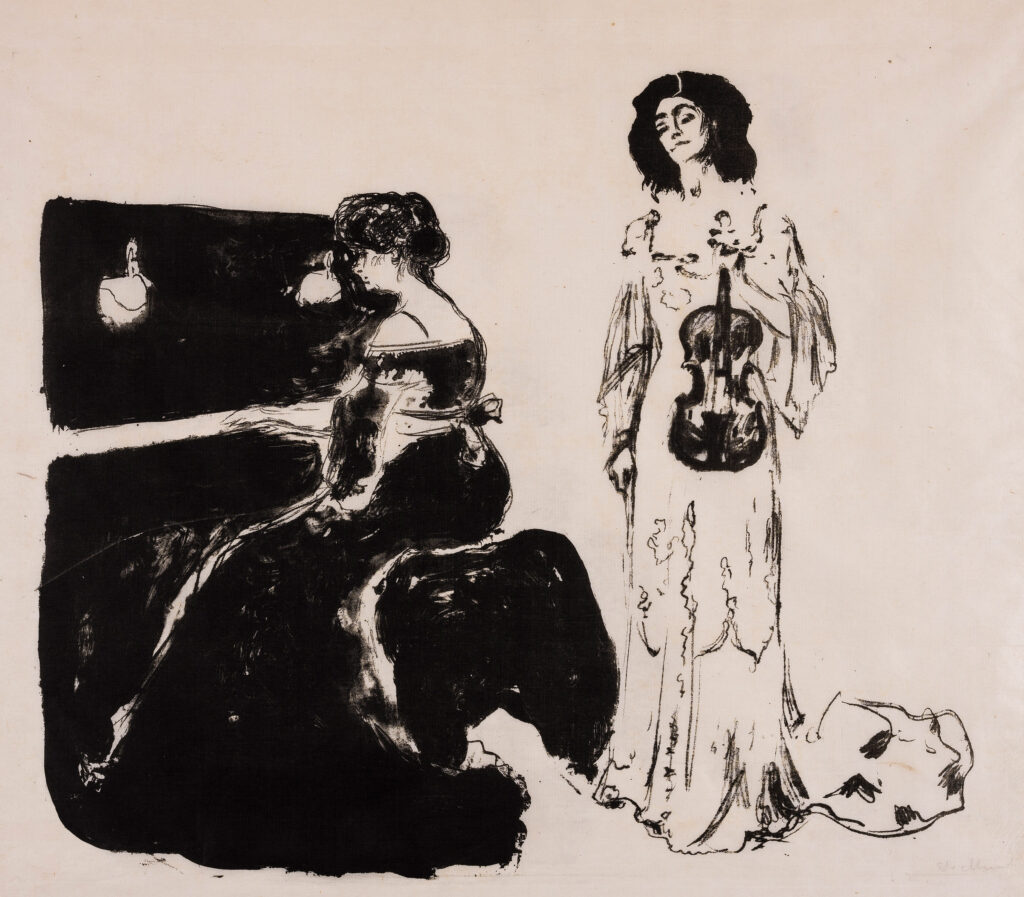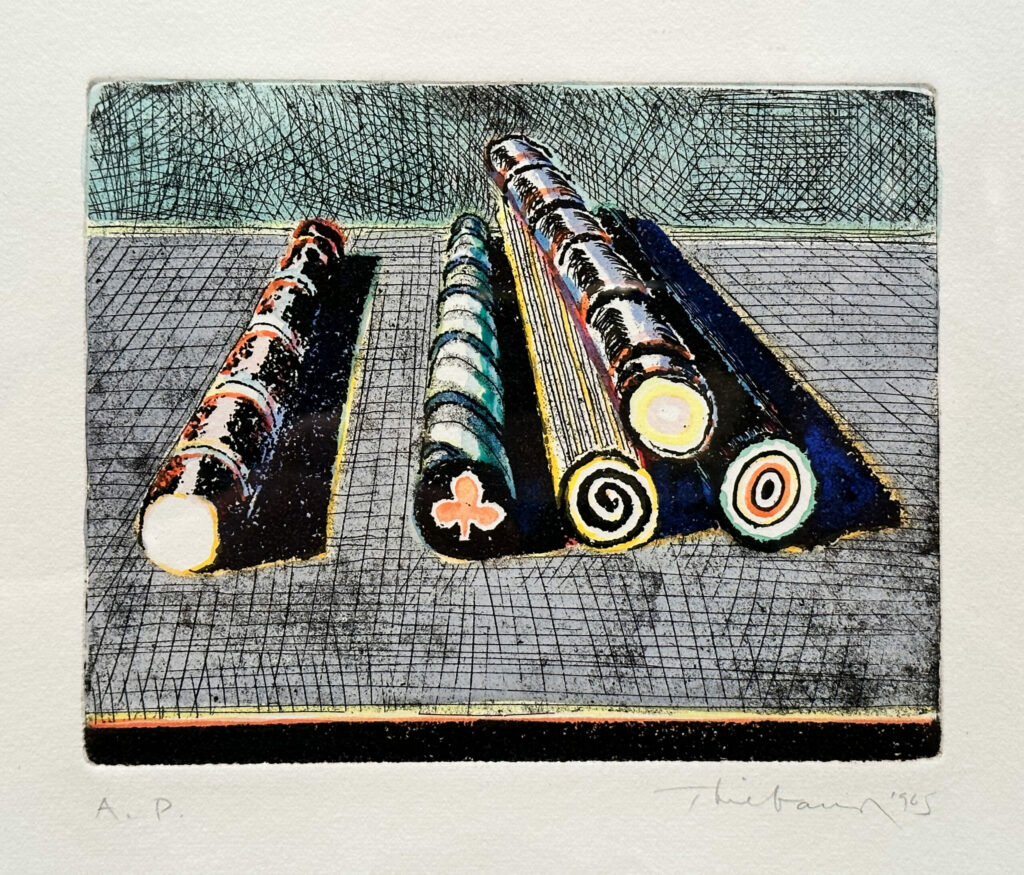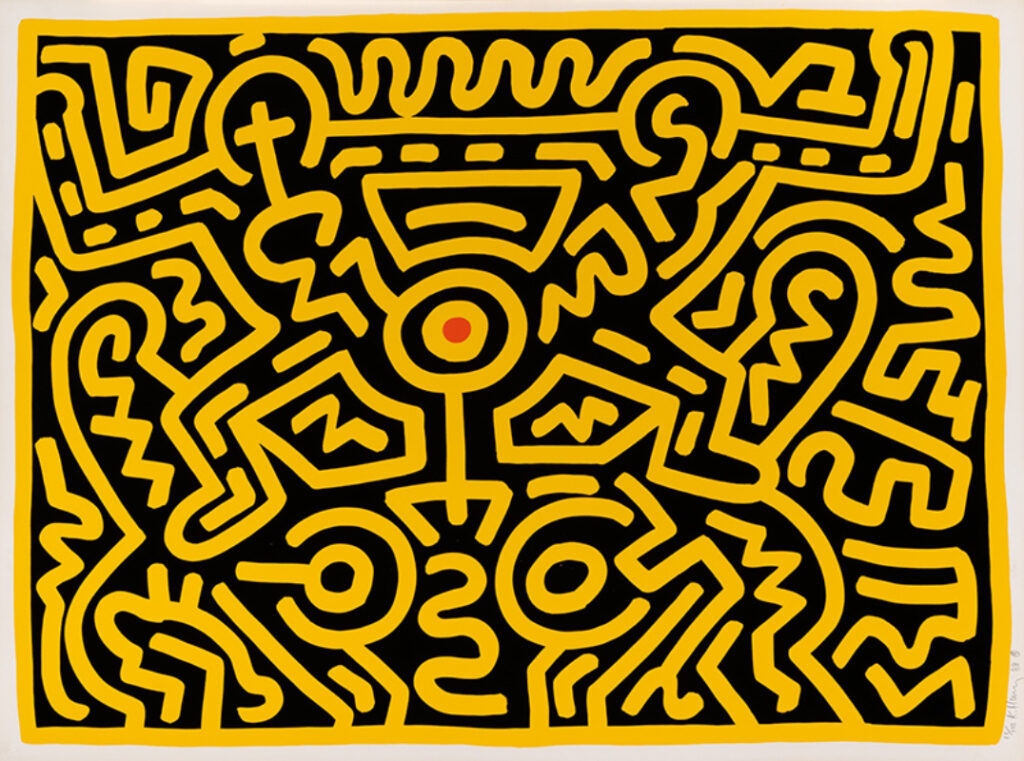The Rise of Printmaking as an Original Art Form
The Evolution from Technical Process to Creative Medium
The Rise of Printmaking as an Original Art Form: the journey of printmaking from a purely reproductive technique to a celebrated form of original artistic expression represents one of the most fascinating transformations in art history. Initially developed as a means of duplicating images and texts, printmaking gradually emerged as a distinctive creative medium that attracted some of history’s most innovative artists. This evolution began in earnest during the Renaissance but took on particular significance during the modern era, fundamentally reshaping our understanding of originality in art.
Early Origins and Technical Foundations
In its earliest incarnations, printmaking served primarily utilitarian purposes. The Chinese development of woodblock printing in the 8th century and its subsequent spread to Europe laid the groundwork for the medium’s technical possibilities. European monasteries and early printers initially used woodcuts and engravings to reproduce religious images and texts, viewing the process purely as a means of dissemination rather than artistic creation. The technical precision required for these early prints, however, gradually led to an appreciation of the craft itself and the unique possibilities it offered.
Renaissance Transformation and Artistic Innovation
The transformation of printmaking began to accelerate during the Renaissance, particularly through the work of masters like Albrecht Dürer. Dürer’s revolutionary approach to woodcuts and engravings demonstrated that prints could be more than mere copies – they could possess unique artistic qualities impossible to achieve in other media. His famous “Melencolia I” (1514) exemplifies how the intricate lines and tonal variations achievable through engraving could create effects distinct from painting or drawing. This period marked the first significant recognition of prints as original works of art, worthy of collection and study in their own right.
Rembrandt and the Golden Age of Etching
The 17th century witnessed a crucial development in printmaking’s artistic evolution through Rembrandt van Rijn’s masterful experiments with etching. Rembrandt’s innovations in technique, particularly his manipulation of the etching process to achieve dramatic light effects and emotional depth, demonstrated the medium’s capacity for personal expression. His self-portrait etchings, created throughout his career, showcase how printmaking could capture psychological complexity and artistic virtuosity in ways that transcended mere reproduction.
Japanese Influence and the Modern Revolution
The discovery of Japanese woodblock prints by European artists in the late 19th century catalyzed another transformative phase in printmaking’s development. The ukiyo-e prints of artists like Hokusai and Hiroshige revealed new possibilities in colour, composition, and artistic expression. Their influence on Western artists, particularly the Impressionists and Post-Impressionists, led to a renaissance in woodblock printing and a broader appreciation of prints as legitimate artistic expressions.
Twentieth Century Innovations and Artistic Liberation
The twentieth century marked the definitive emergence of printmaking as a primary medium of artistic expression. Artists like Pablo Picasso, Henri Matisse, and Georges Braque embraced various printing techniques not to reproduce existing works but to create entirely new artistic statements. The development of new processes like lithography and screenprinting expanded the medium’s possibilities, while the rise of abstract expressionism demonstrated how printmaking could serve even the most avant-garde artistic visions.
Contemporary Recognition and Digital Integration
In contemporary art, printmaking has fully established itself as a vital form of original artistic expression. The medium’s ability to combine traditional craftsmanship with modern technology has made it particularly relevant in our digital age. Artists now freely mix traditional printmaking techniques with digital processes, creating hybrid works that challenge conventional boundaries between original and reproduction. This integration has led to new questions about authenticity and originality in art, even as it has reinforced printmaking’s status as a legitimate creative medium.
Cultural Impact and Artistic Democracy
Perhaps most significantly, printmaking’s evolution from reproductive medium to original art form has had profound implications for the democratisation of art. The medium’s ability to produce multiple original works has made art more accessible to broader audiences while challenging traditional notions of artistic uniqueness and value. This has contributed to ongoing discussions about the nature of originality in art and the relationship between uniqueness and artistic worth.
The Rise of Printmaking as an Original Art Form: the transformation of printmaking from a purely reproductive technique to a recognised form of original artistic expression represents more than just a technical evolution – it reflects changing attitudes toward creativity, originality, and the nature of art itself. This journey continues to influence contemporary artistic practice, demonstrating how a medium once considered purely mechanical can become a vehicle for the most personal and innovative artistic expressions. The story of printmaking’s elevation to fine art status serves as a reminder that artistic value lies not in the medium itself, but in how artists employ it to express their unique visions.



